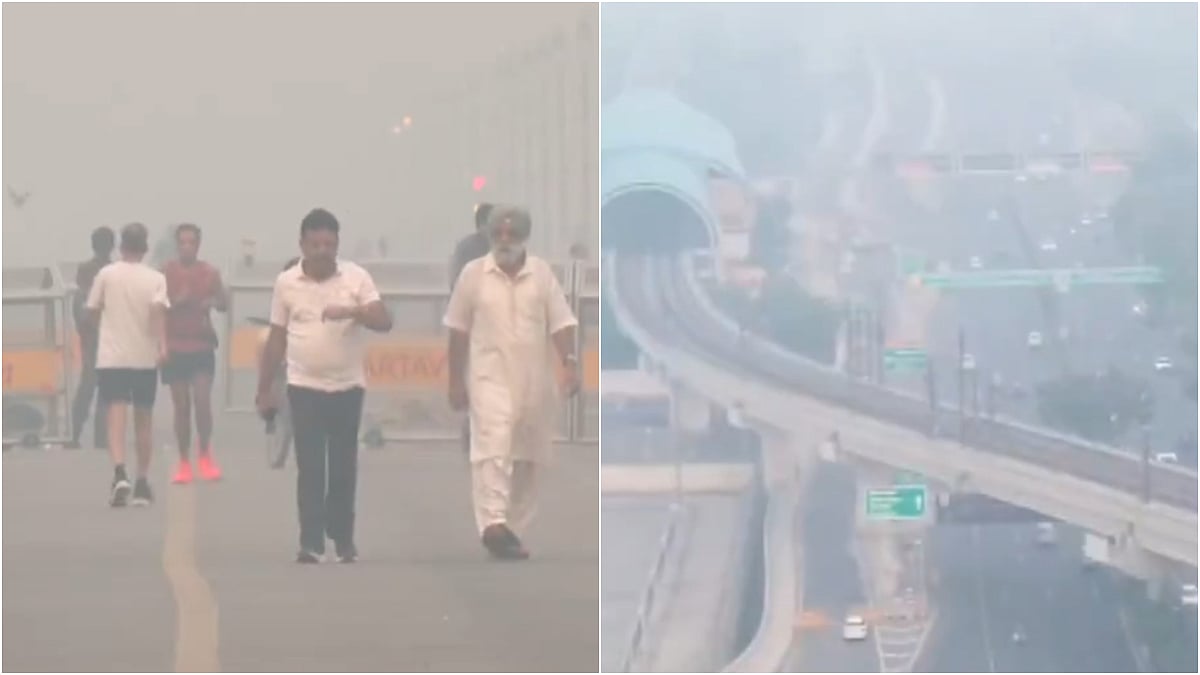The WHO-China report on the origins of the Covid-19 virus, at a time when virulent new strains are spreading, raises more questions than it answers. It finds the Wuhan lab-escape theory unlikely and says the source is most likely zoonotic. But which animal and how remains a mystery. While several nations have criticised the report, it serves to underscore the words of UN Secretary General Antonio Guterres: “Humanity is waging war on nature....senseless and suicidal”.
The “nature strikes back” theory has been echoing around the world for the last year, alongside a demand for a global ban on ‘wet markets’ where live domestic and wild animals are traded. The rationale is that these markets are an interface between humans and animals, where transmission of zoonotic viruses takes place, avian and swine flu being other recent examples.
Looming catastrophe
Homo sapiens, having evolved in intimate association with hundreds of thousands of plant and animal species, have now modified their environment, setting in motion changes so complex and unpredictable that it’s hard to evade a sense of looming catastrophe. Climate change and destruction of habitats are altering animal behaviour, with the result that species that wouldn’t normally encounter each other are doing so, creating opportunities for transmission of pathogens.
There’s little doubt that infectious diseases are emerging with greater frequency, jumping from wild animals to humans. Illegal domestic and transnational trade in exotic species, wild game and animal products (such as rhino horn and turtle calipee) is thriving. While China says that the wet market in Wuhan, where the virus is believed to have originated, did not deal in illegal wildlife, reports suggest otherwise; all manner of live and dead animals, including poultry, badgers, rabbits, giant salamanders, crocodiles, pangolins, raccoons, civets and deer were traded.
Zoonotic origin
The WHO reports observe that the majority of Wuhan denizens who had reported symptoms of Covid-19 in December 2019 had been exposed to live or dead animals a short while earlier. The supply chains to the Wuhan wet market included animal products from 20 different countries. Initially, it was believed that the Covid-19 virus originated with bats and was vectored by pangolins, but subsequent investigations have not substantiated that theory.
Domestic animals worldwide are already a source of infections. Thousands, even millions, are bred and raised in close proximity and in often unhygienic conditions, pumped full of antibiotics and questionable feeds. These ‘farms’ are a crucible for infections that can cross over to humans. Aiding the spread of diseases is rapid urbanisation, concentrating large populations and globalisation, leading to unprecedented mobility. Neither can be rolled back, but experts say we must and can alter our behaviour vis-a-vis the natural world, of which we are a part.
Wet markets
The growing global consumption of meat and animal products is an important factor. Most Indians are familiar with the terrible cruelty of wet markets; chickens stuffed in filthy cages, cattle jam-packed in trucks, softshell turtles smuggled in wet gunny bags, plastic crates or even luggage. The less said about the barbaric manner in which cows are smuggled across borders for consumption, the better. When animals are stressed by removing them from their habitats and cramming them into tiny cages, immuno-suppression makes them – and us – more vulnerable to disease.
Yet, the response to the demand for banning of unhygienic wet markets, where animal welfare is ignored, is tepid. In India, as in other parts of Asia and in Africa, live poultry, bovine species and fish continue to be traded, along with protected species. Illicit sale of wild meat in these markets has been reported. (Poaching, according to TRAFFIC, an agency that monitors wildlife trade, more than doubled during the lockdown period last year.) While there is a robust legal framework governing the functioning of meat markets, it is flouted more often than it is observed.
Slaughter houses in India, the world’s second largest exporter of meat, are in desperate need of upgradation, with insanitary conditions, inadequate flooring and water supply. They produce tonnes of contaminated waste. Close proximity while slaughtering brings humans in contact with animal fluids, a source of infection. Nor is any provision made to ensure that the process is carried out with minimum discomfort to the animals.
The fact is that as long as animals are objectified, seen as items for gastronomic, visual or medicinal consumption rather than as complex creatures – some of whom may even be sentient and self-aware – this kind of brutal treatment will continue, along with the attendant risks for humans.
The writer is a senior journalist with 35 years of experience in working with major newspapers and magazines. She is now an independent writer and author.









